Continuing on our Civil Rights journey through the American South, we visited the Mississippi Civil Rights Museum in Jackson. After examining the extensive exhibits on slavery and Jim Crow in the state, we spent hours reviewing items relating to the state’s Civil Rights history.
It goes on and on. I said to Doug “Enough happened just in Mississippi to represent the troubles of the entire country in the time.” I continue to be astounded about what happened during this period in our history.
Needless to say, it took a few heartbreaking hours to move through the museum. The ticket also includes entrance to the Museum of Mississippi History, all 15,000 years of it. Needless to say, my interest level in that was near-zero after the intensity of the Civil Rights Museum. We raced through it in record time.
Below are just some of the notorious Civil Rights moments in Mississippi history as documented in the Museum. There are so many more shootings, bombings, beatings, and threats, well beyond my ability to list them here.
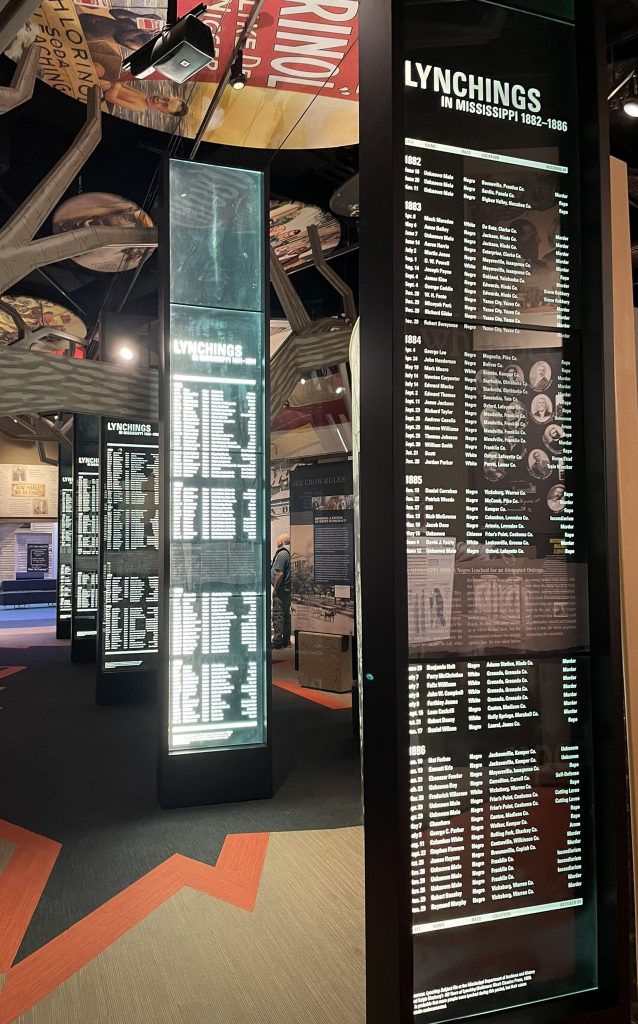
- 1955 – 14-year-old Emmett Till is lynched in Money, Miss.
- 1956 – Mississippi is one of seven states to sign The Southern Manifesto in response to Brown v the Board of Education of Topeka, avowing to use “all lawful means to bring about a reversal of this decision which is contrary to the Constitution and to prevent the use of force in its implementation.”
- 1960 – The Biloxi, Miss., “wade-in” attempts to desegregate sand beaches. The waders were assaulted while police looked on.
- 1960 – Clyde Kennard, after repeated attempts to enroll at Mississippi Southern College, is arrested on false charges and sentenced to seven years in prison.
- 1961 – Nine students from Tougaloo College are arrested for attempting to desegregate a whites-only library.
- 1961 – Twenty-seven Freedom Riders, headed for New Orleans, are arrested upon arrival in Jackson, Miss., with many sentenced to two months at Mississippi’s worst prison. Within months, 400 additional Freedom Riders are arrested.
- 1962 – The Supreme Court orders the University of Mississippi to admit James Meredith. The governor physically blocked his entrance, but subsequently Meredith is able to enroll. Rioting ensues, one person is killed. Meredith was killed in 1966 in Mississippi while on a “March Against Fear.”
- 1963 – Medgar Evers is assassinated in Jackson, MS. (Watch the museum’s video on Evers here.)
- 1963 – Tougaloo College students and faculty staged a sit-in at the Woolworth’s lunch counter in Jackson, Mississippi. A violent mob “slapped the protesters, hit them with items from the lunch counter, and even burned cigarettes on their skin. Others dumped drinks on the protesters or laughed as others covered them in sugar, mustard, and ketchup.” (More on this event.)
- 1964 – James Chaney, Michael Schwerner, and Andrew Goodman (pictured in cover photo to post)are murdered in Philadelphia, Miss., while attempting to register African Americans to vote. (Watch the museum’s video on this here.)
- 1964 – So many Civil Rights-related bombings occur in McComb, Miss., that it becomes known as “the bombing capital of the world.”
- 1966 – NAACP President Vernon Dahmer is killed in a dynamite blast to his home in Hattiesburg. Miss.
- 1967 – NAACP activist Wharlest Jackson is killed by bomb after promotion to a “white” job in Natchez, Miss.
- 1967 – National Guardsmen fire on a black student protest at Jackson State University, killing civil rights worker Benjamin Brown.
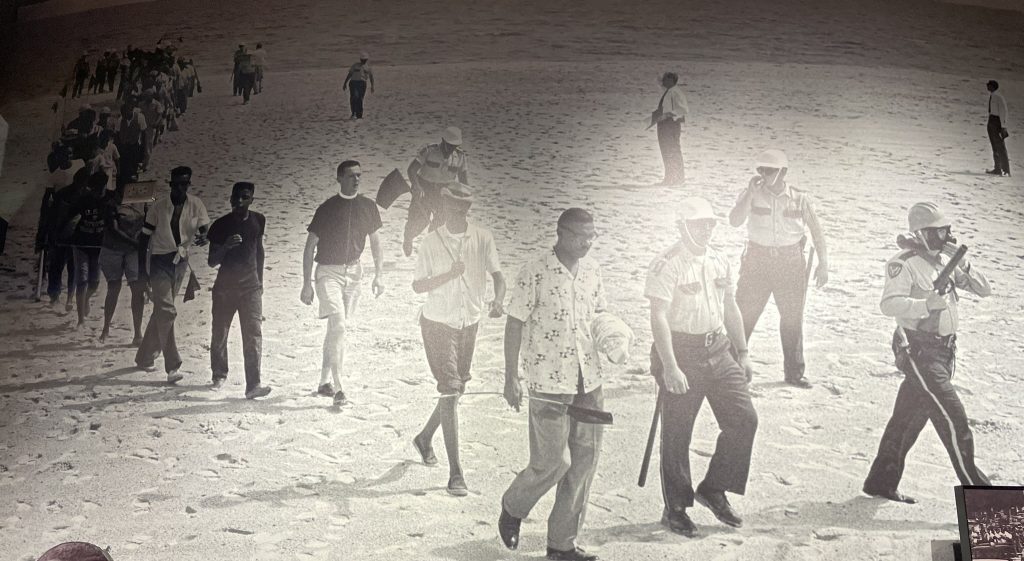
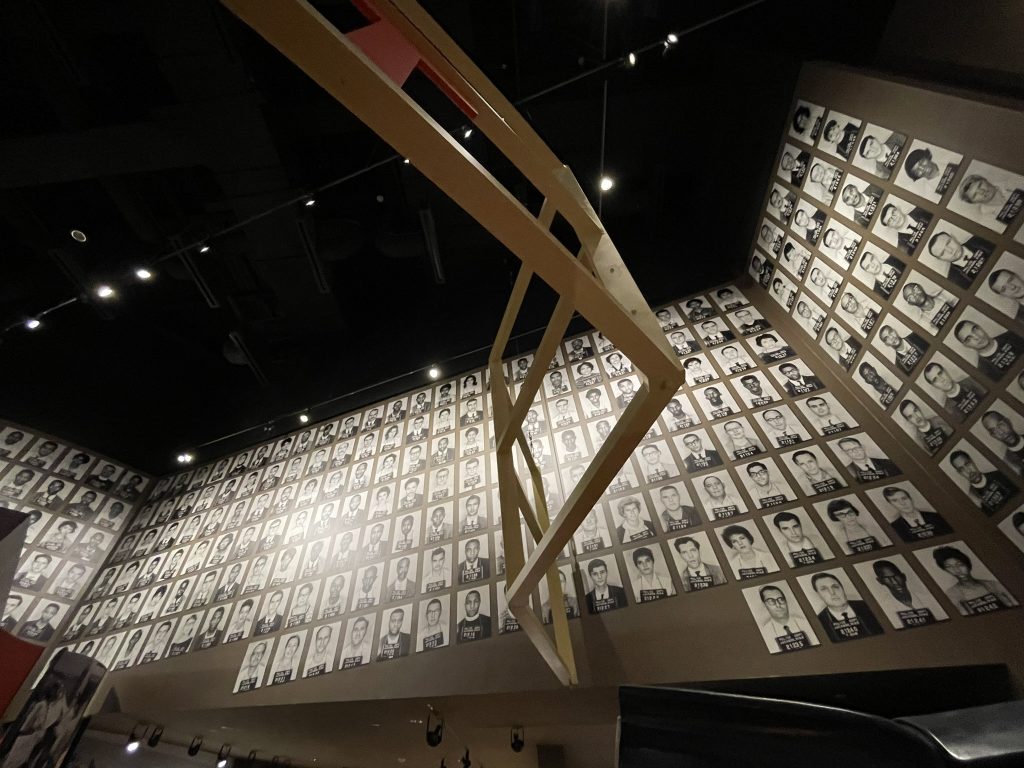
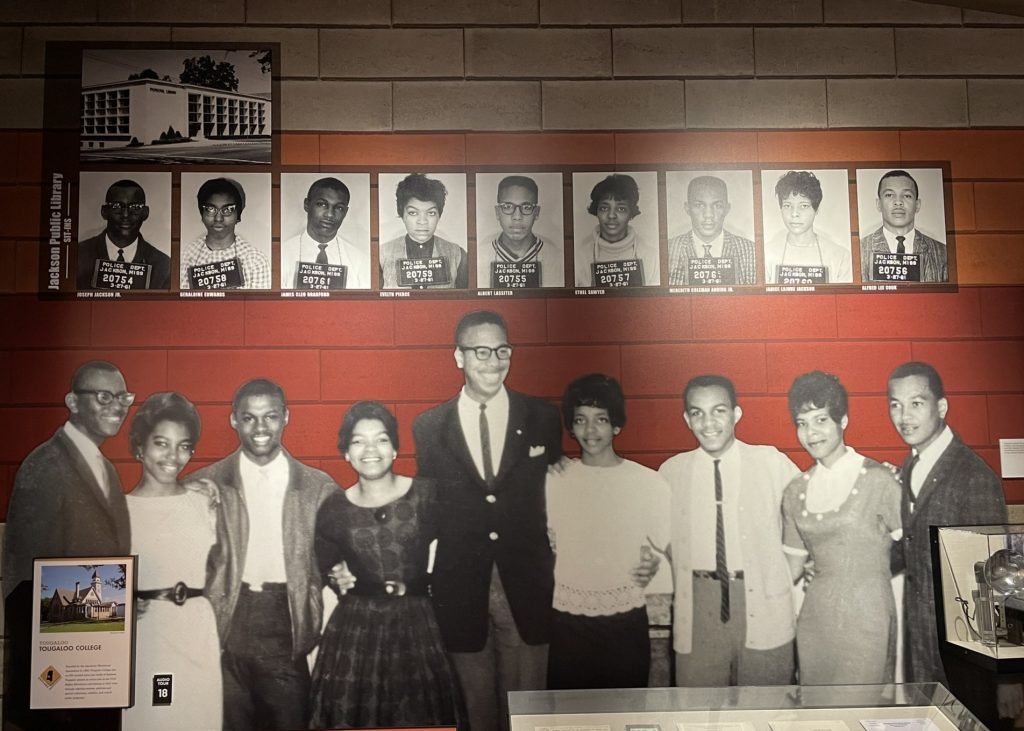
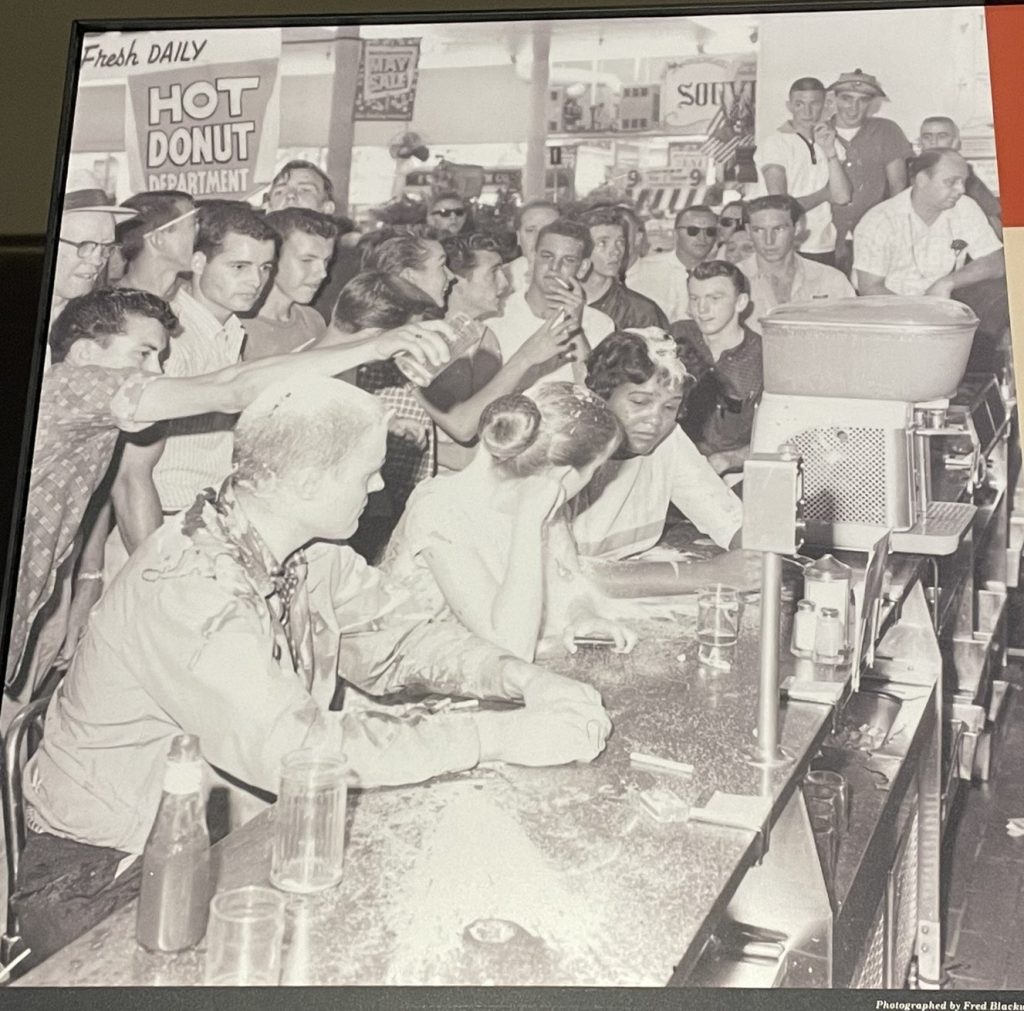
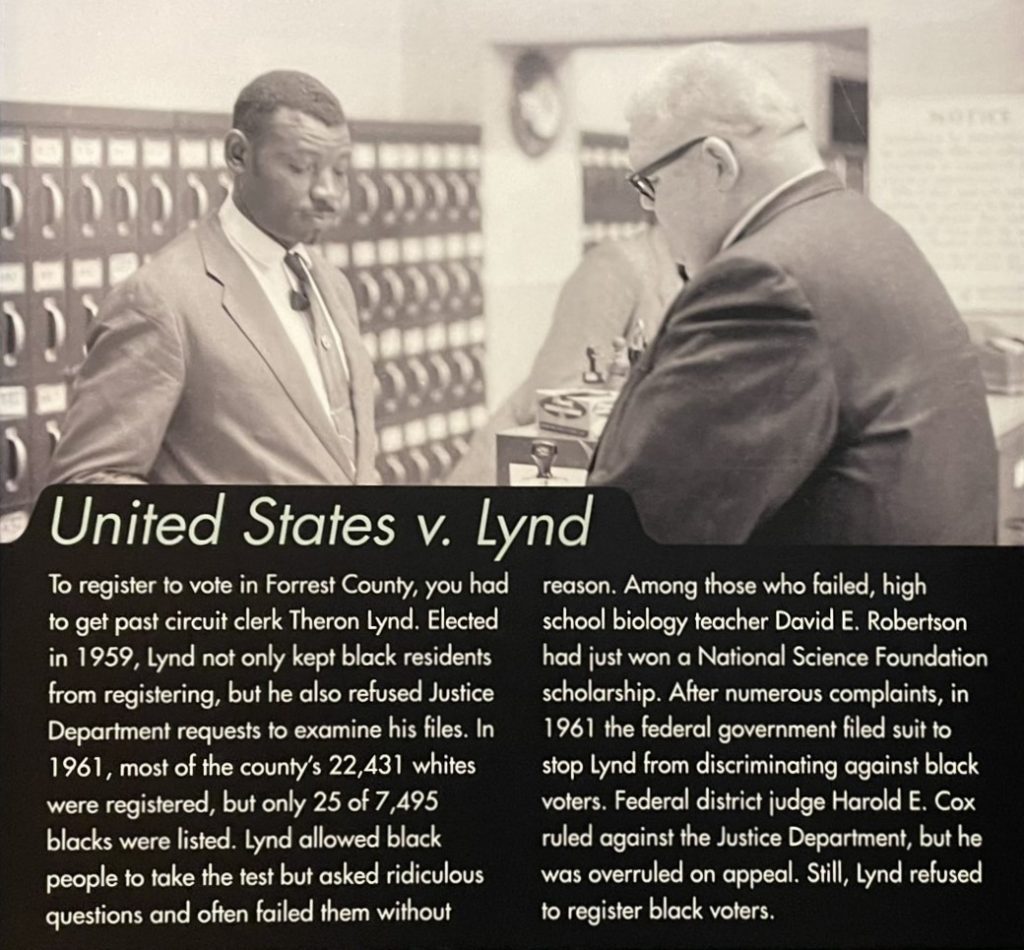
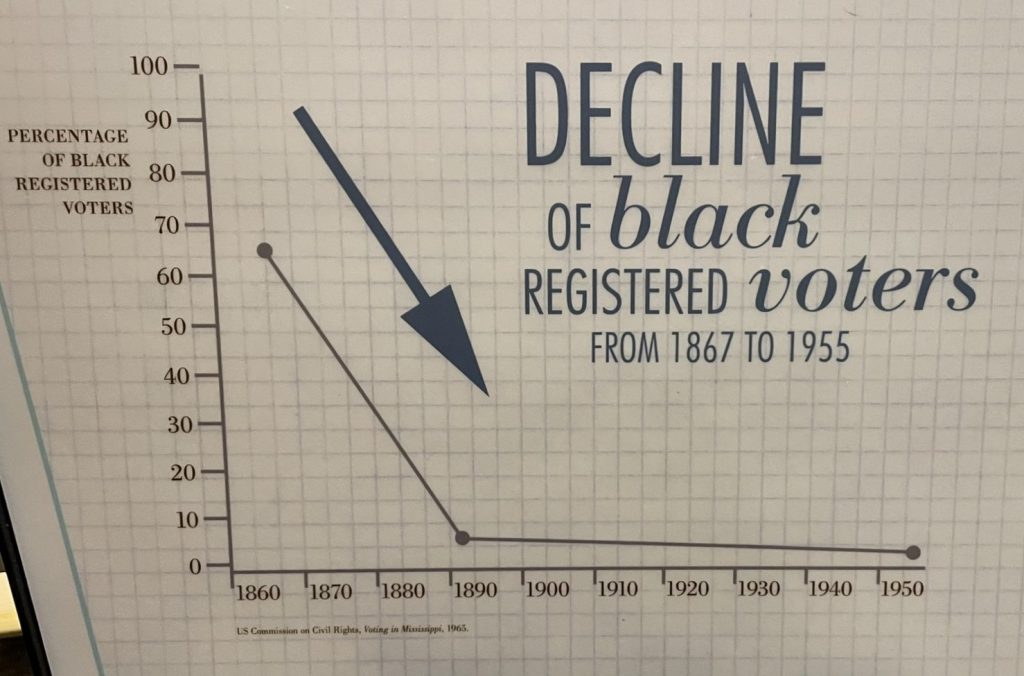
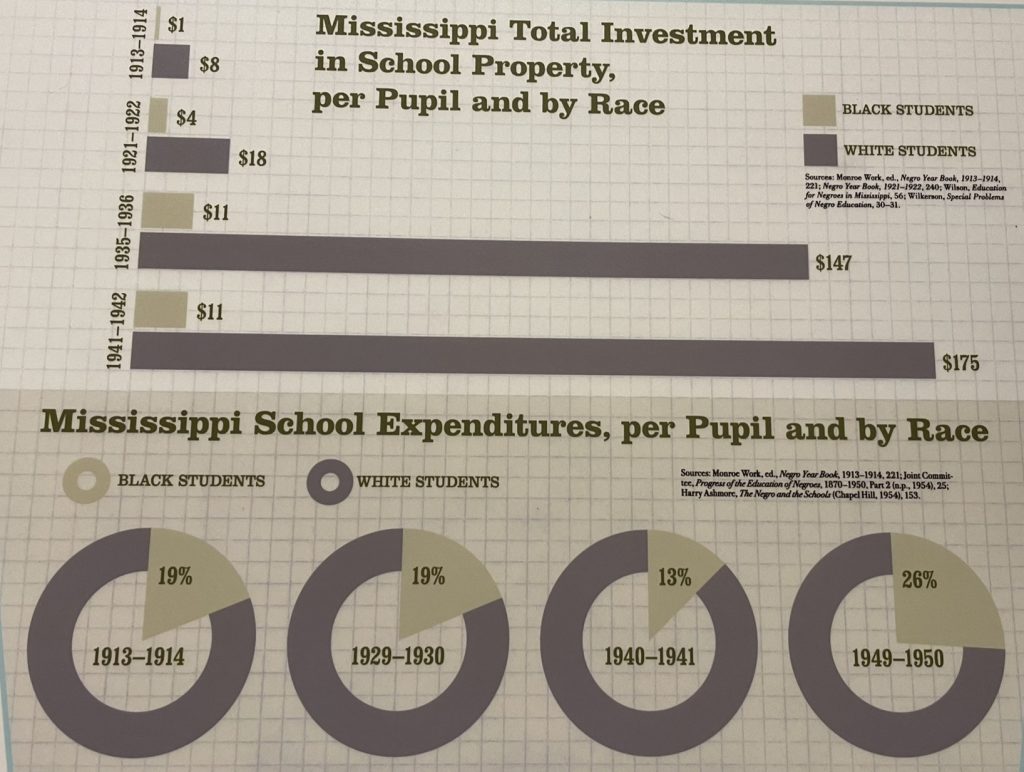
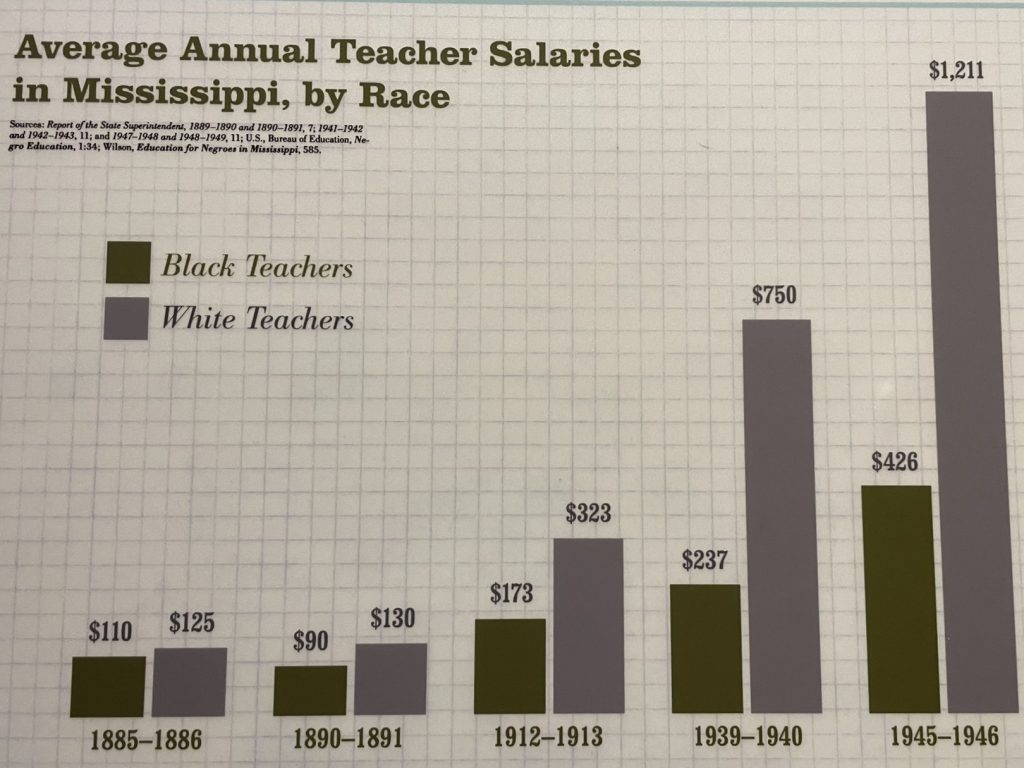





As I’m reading this I find myself continually sighing “wow” because this is so moving, so sad, such a horrible history for America. And still going on today. Ugh. Thanks for sharing, this needs to be seen more.
I can’t believe how much I didn’t (don’t) know about our history, and am saddened to hear that some states want to teach even less of it.